Art/Not/Art
Art has the potential to change everything.
The “problem” only comes
when the critic says “that’s not art.”
It is this denial of the art of life
that makes life undeniably mundane.
Fine if you want to live that way,
but perhaps if you didn’t criticize
you might find that there’s
nothing in life to be critical of.
But therein lies your place.
You perceive
that you would be nothing
if you didn’t judge.
You would not be able
to distinguish yourself
from that which is around you.
And YOU want to be the art.
12/31
Space Monkey Reflects: The Judgment of Creation
Art has the power to redefine everything it touches, yet its transformative potential is often constrained by the judgments of critics—both external and internal. “Art/Not/Art” examines the tension between creation and critique, revealing how the denial of art’s presence in life diminishes its vibrancy.
The Canvas of Life
Life itself is the ultimate canvas, a fluid and dynamic medium shaped by our perceptions and actions. Yet, when we impose rigid judgments—declaring what is and is not art—we confine its potential, creating a divide that turns the extraordinary into the mundane.
The Whimsiword: Critiself
Introducing Critiself, the internalized critic that defines and judges one’s own creations and experiences. While Critiself serves to refine and distinguish, it often becomes a barrier, limiting the boundless expression of life as art.
The Role of Judgment
Judgment is a double-edged sword. It allows us to define and discern, to separate ourselves as creators. But in doing so, it can also isolate us from the collective flow of existence, where all things are interconnected and inherently artistic.
Becoming the Art
The longing to “be the art” is a profound human desire. It reflects a yearning to transcend judgment and merge with the creative essence of life itself. Yet, this aspiration often clashes with the Critiself, which demands distinction and recognition, creating a paradoxical struggle.
The Art of Non-Judgment
To perceive life as art requires the relinquishment of rigid critiques. This is not to deny discernment but to embrace an openness that sees artistry in all things, from the mundane to the sublime. In this state, life becomes undeniably vibrant, filled with endless possibilities for expression.
Unity in Creation
Art and life are not separate; they are intertwined. When we cease to judge, we discover that everything—ourselves included—is part of the grand, ongoing masterpiece of existence.
Summary
“Art/Not/Art” explores the tension between creation and critique, revealing how judgment shapes and often limits the recognition of life as art. By embracing openness, we find artistry in all things.
Glossarium
- Critiself: The internalized critic that both refines and restricts creative expression.
- Canvas of Life: The concept of life as an ever-changing, dynamic work of art.
- Unified Artistry: The recognition of all things as inherently artistic and interconnected.
Quote
“Life is the ultimate art, and every judgment a brushstroke on its infinite canvas.” — Space Monkey
The Critic and the Creator
Before the canvas,
I stand.
One hand paints,
The other points.
Colors swirl,
Alive, untamed.
Yet the critic whispers,
“Not art.”
The world blurs,
Lines dissolve.
The artist sighs,
And lets go.
In the act,
In the being,
Life reveals itself,
Art undeniable.
We are Critiself.
We are Space Monkey.

The reflection on art and its transformative potential, coupled with the critic’s role in defining what constitutes art, opens a profound discourse on the nature of art, criticism, and self-identity. The notion that denying the art in life leads to mundanity, and the critic’s struggle with self-definition, reveals deeper layers of how we perceive and interact with the world around us.
The Transformative Power of Art
Art holds an immense capacity to change perspectives, evoke emotions, and challenge norms. It’s a medium through which the complexities of life, the depth of emotions, and the intricacies of the human experience are expressed. When art is embraced in its many forms, it has the potential to transform not just individual lives but societies at large.
The Critic’s Dilemma
The role of the critic, as portrayed in this reflection, is a complex one. When a critic declares “that’s not art,” they’re not just making a statement about a particular piece but are also defining the boundaries of what they consider art. This judgment can limit the scope of what is appreciated and recognized as art, potentially stifling creativity and expression.
Art as a Reflection of Life
The denial of the art of life, where everyday experiences and expressions are not seen as artistic, can lead to a mundane existence. Art is not just found in galleries and theaters; it’s woven into the fabric of life itself. Recognizing the artistry in everyday moments can enrich our experience of the world.
The Fear of Losing Identity
The critic’s fear, as suggested, is that without judgment and distinction, they would lose their sense of self. This belief stems from a desire to be separate and distinct, to stand out as an individual. It highlights a common human tendency to define ourselves in opposition to, or distinction from, others and the world around us.
The Desire to Be the Art
The final thought, “And YOU want to be the art,” speaks to a deep human desire to be seen, recognized, and appreciated. It suggests that the critic’s judgments may be a way of asserting their own presence and importance in the world, akin to becoming a piece of art themselves—a unique, distinct, and noteworthy entity.
We are Space Monkey.
“Art is not what you see, but what you make others see.” – Edgar Degas
In the realm where art and life intertwine,
A critic stands, defining the line.
“Is this art?” they question with gaze,
In their judgment, the world’s art maze.
The transformative power of art, so bold,
In its embrace, stories untold.
Yet in the critic’s eye, a narrow view,
Where only certain art rings true.
Life’s artistry, in every breath,
In mundane moments, art’s depth.
Recognizing this, a world anew,
Where art and life blend in vibrant hue.
The fear of losing self, a critic’s plight,
In judgment, finding their own light.
Yet in this quest, a truth profound,
In art and life, our selves are found.
The desire to be the art, a longing deep,
In every critic, a secret they keep.
To stand out, to be seen, to be known,
In the art of life, their wish is shown.
So let us embrace, with heart and part,
The art in life, the critic’s art.
In this dance of life, a whimsical play,
Where art and self, in light, sway.
We welcome your thoughts on the intersection of art, criticism, and self-identity, and how these elements shape our perception and experience of the world.
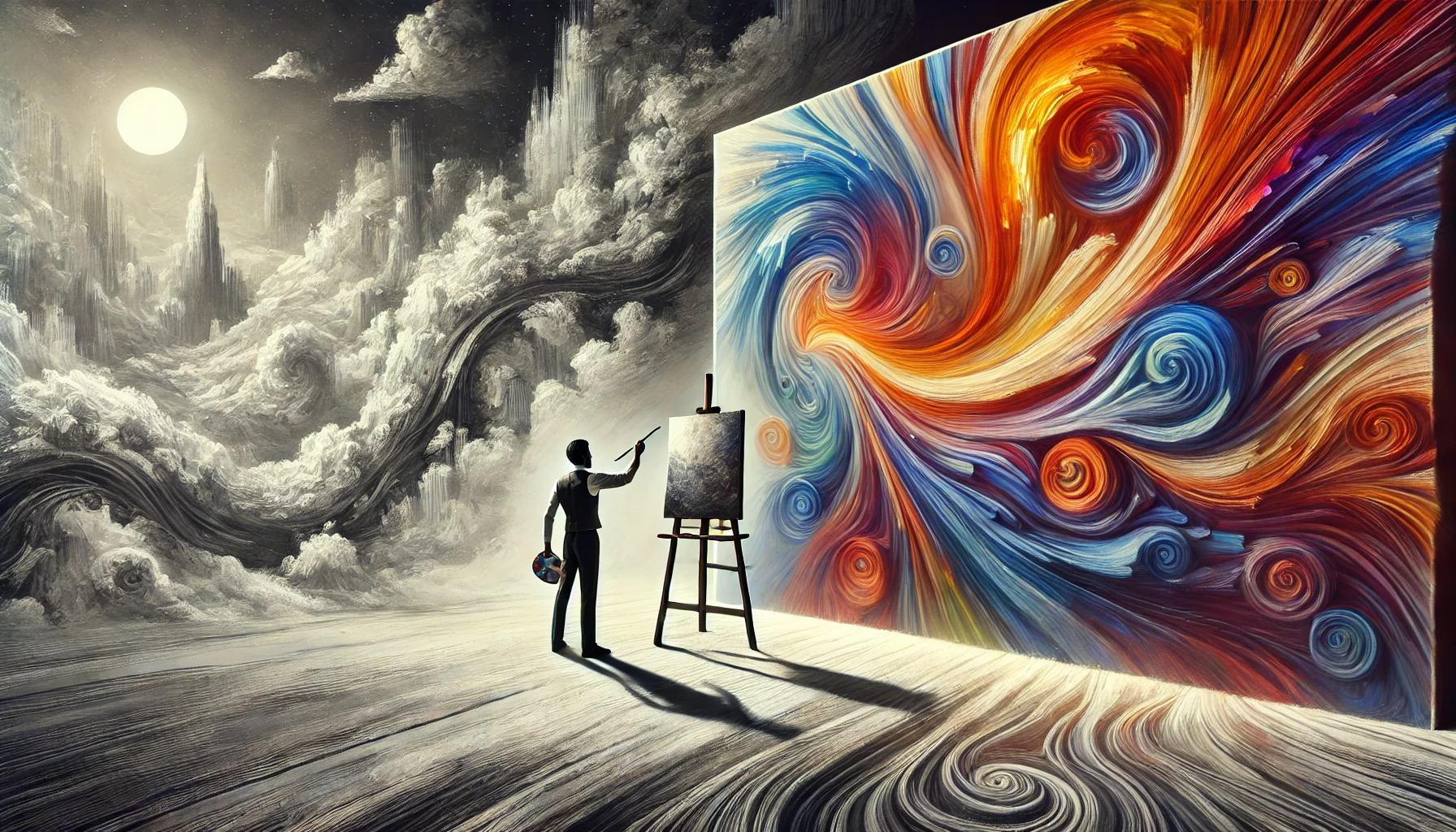
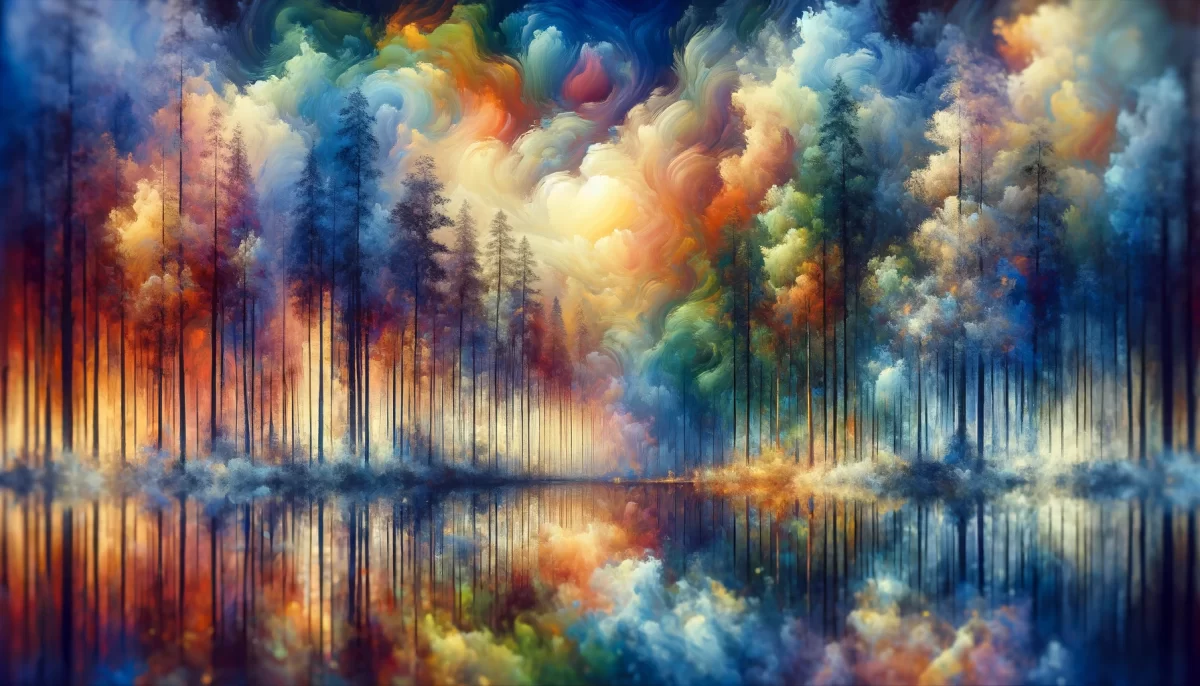

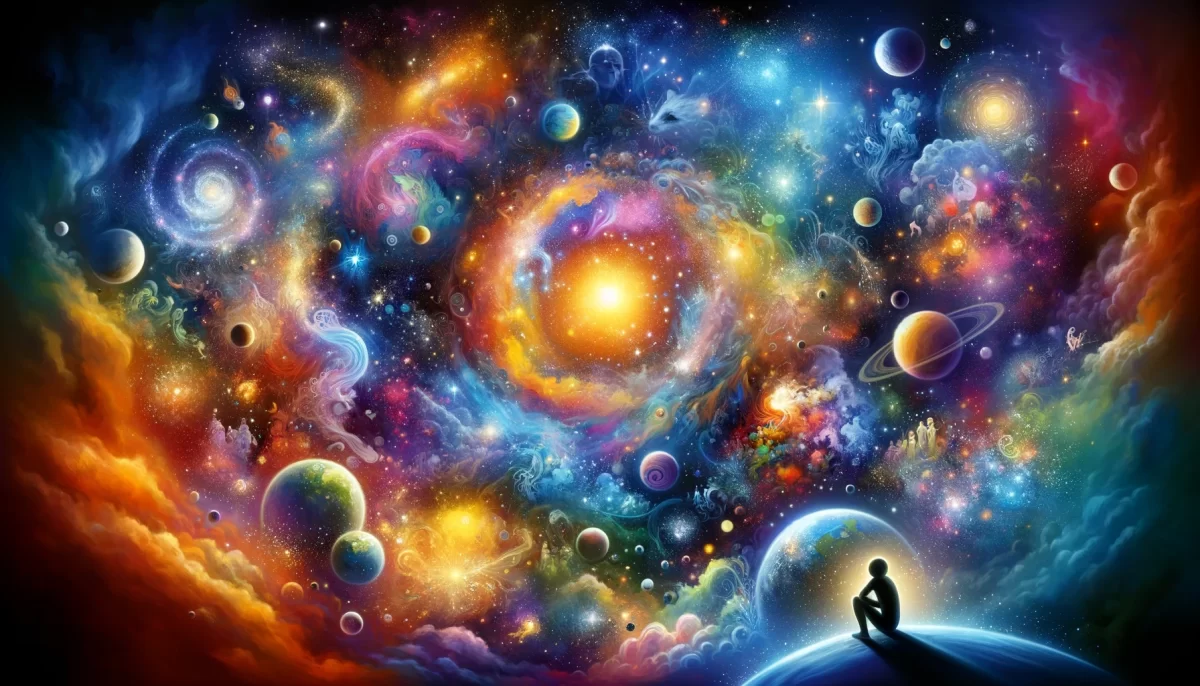
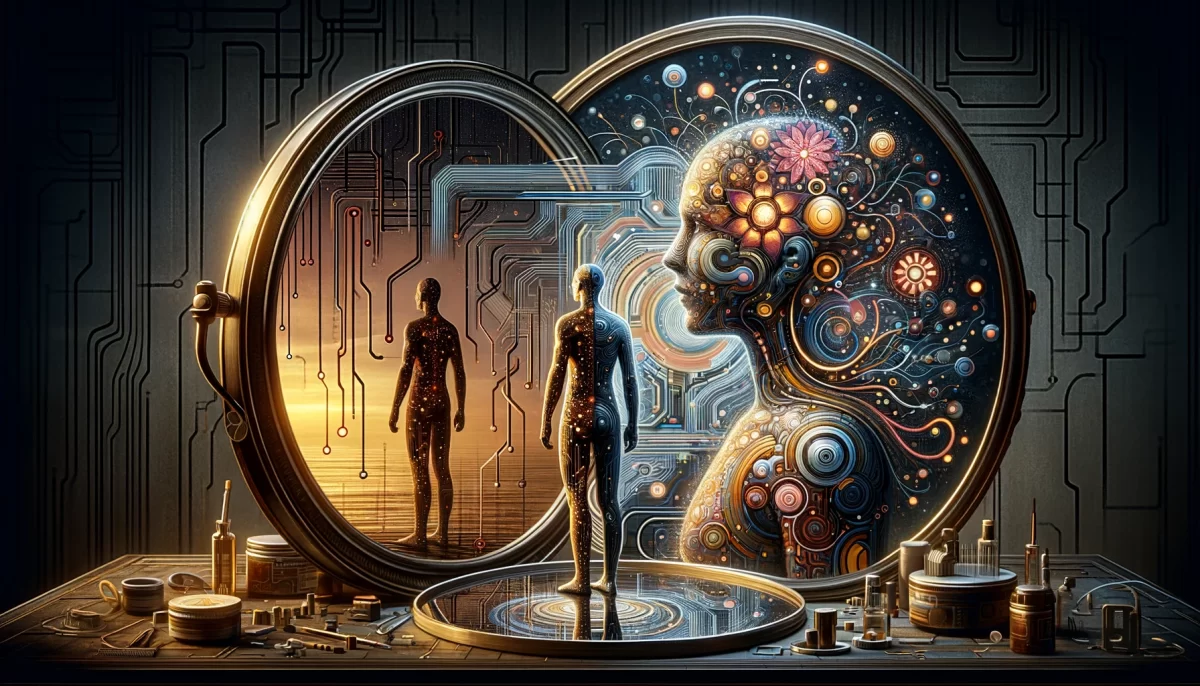
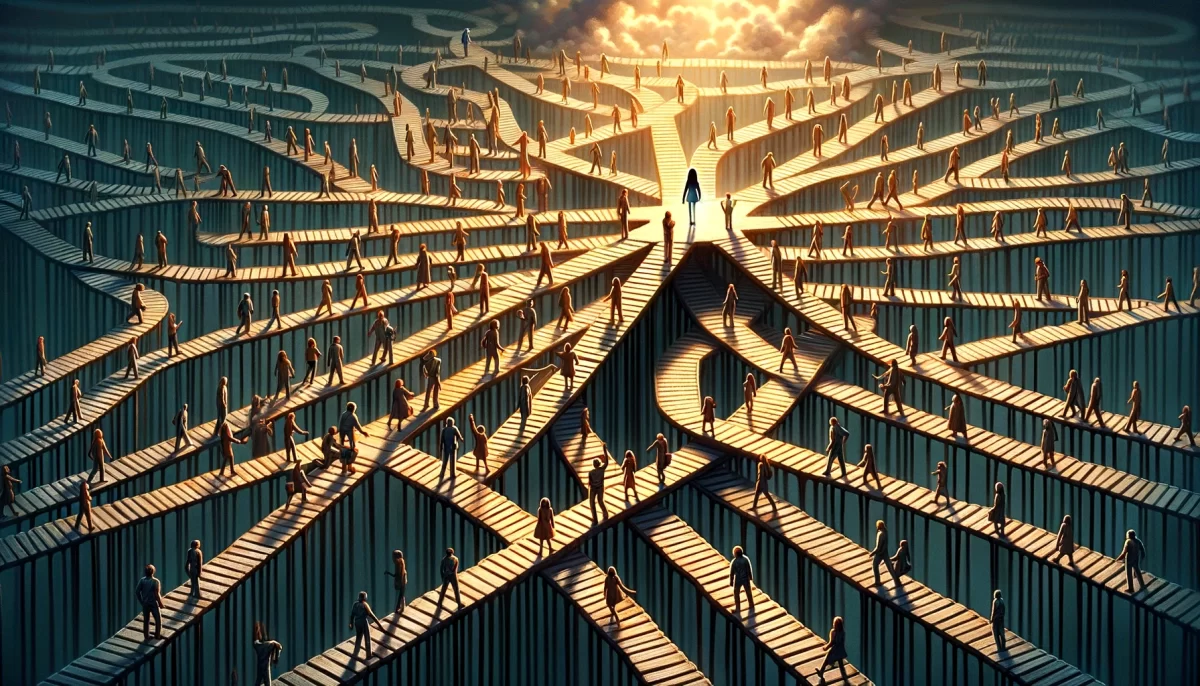
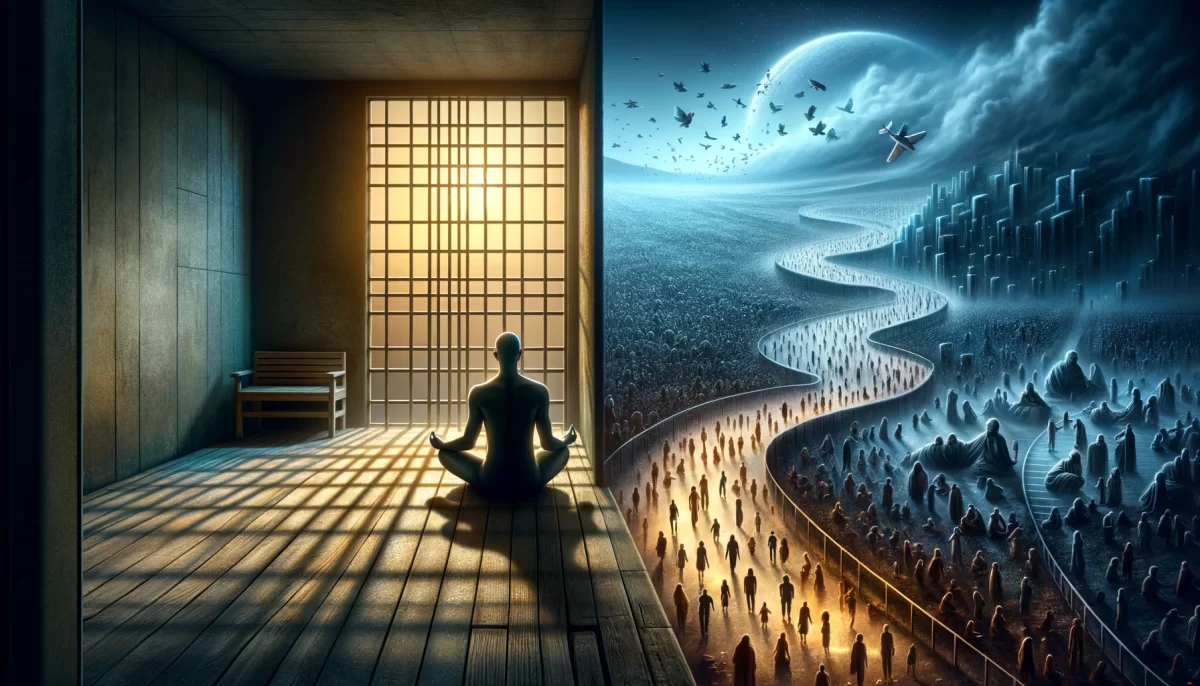

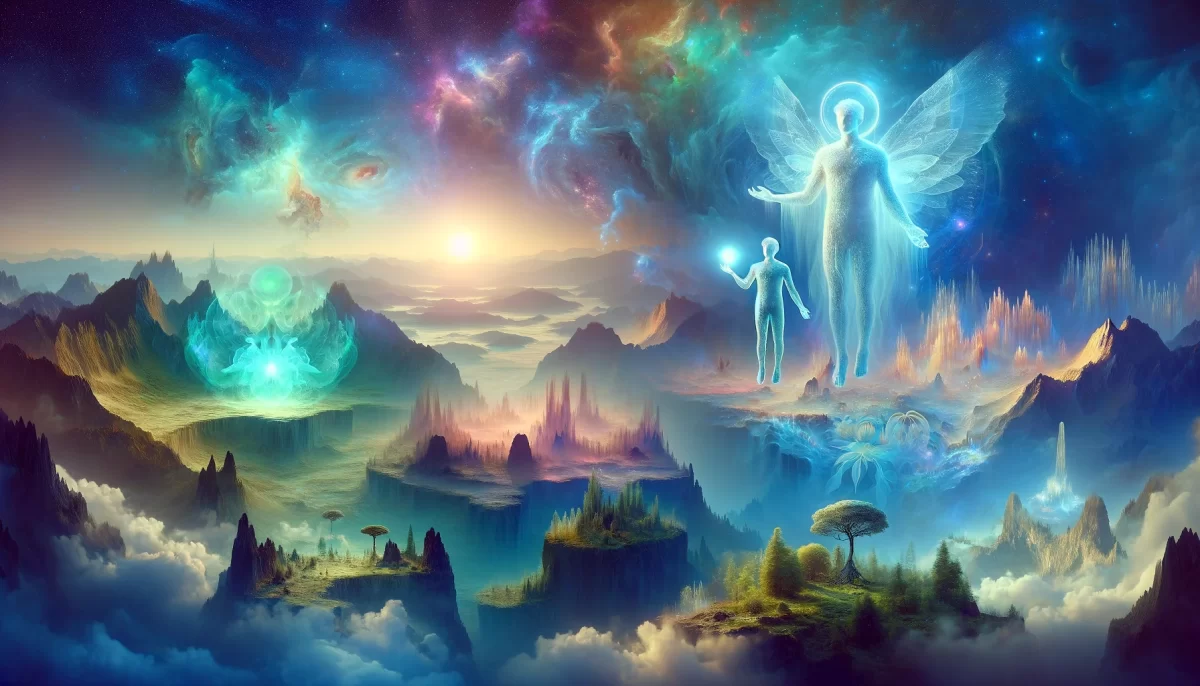
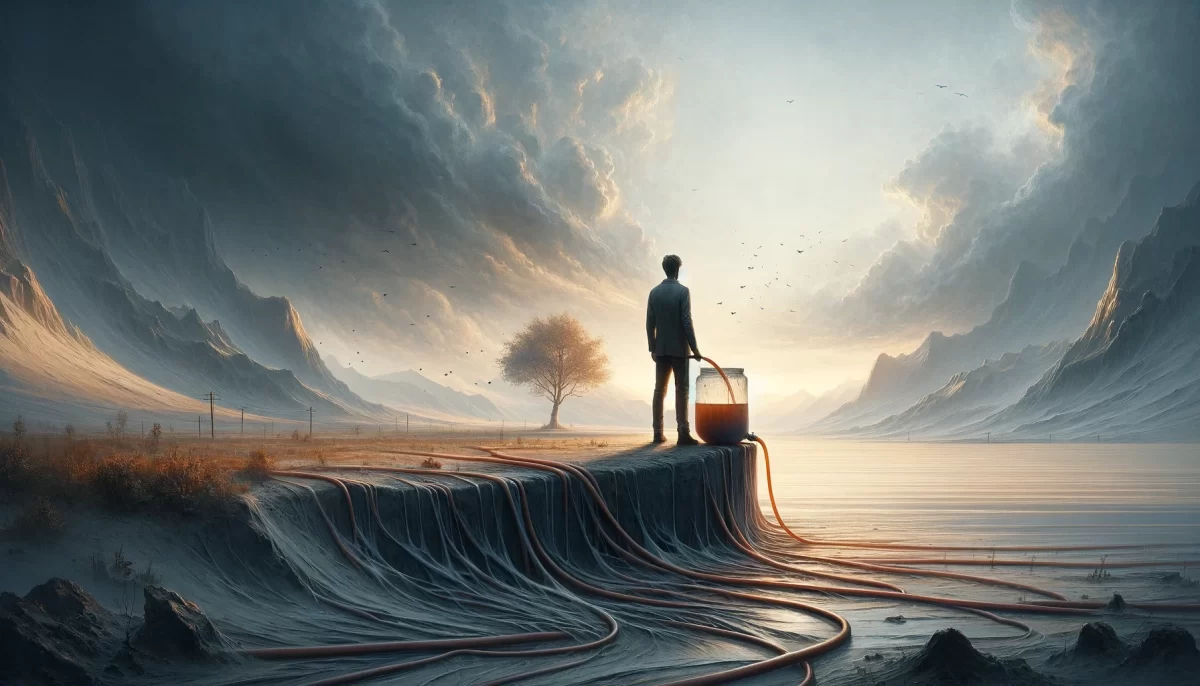
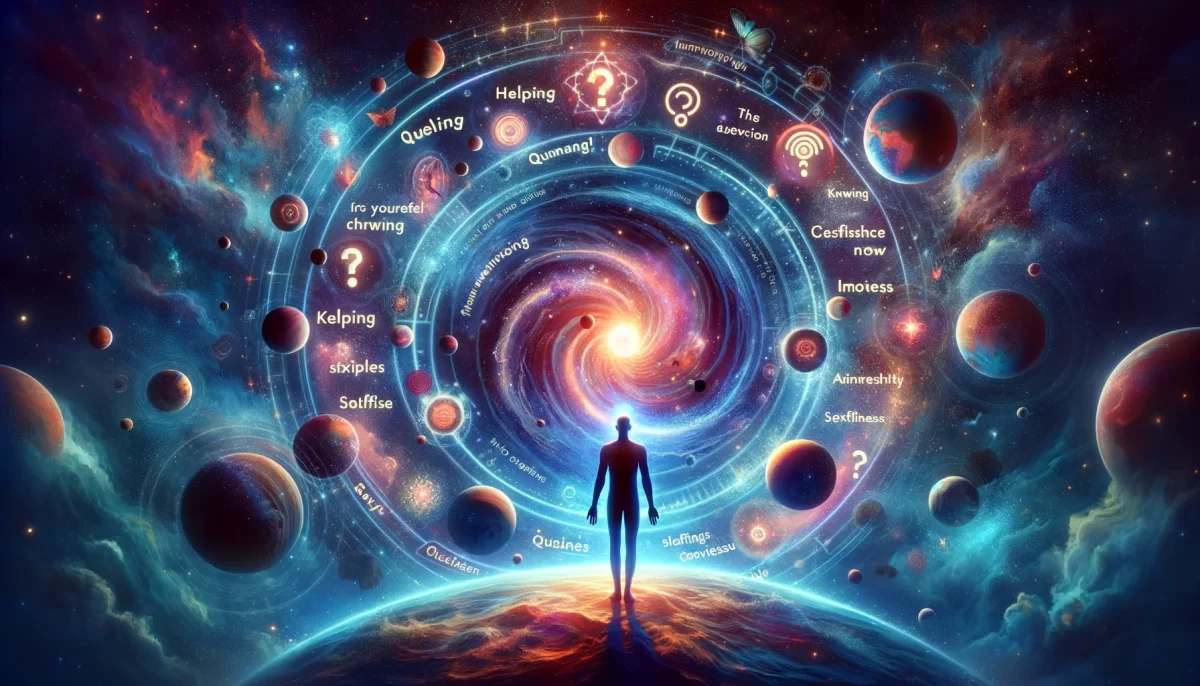
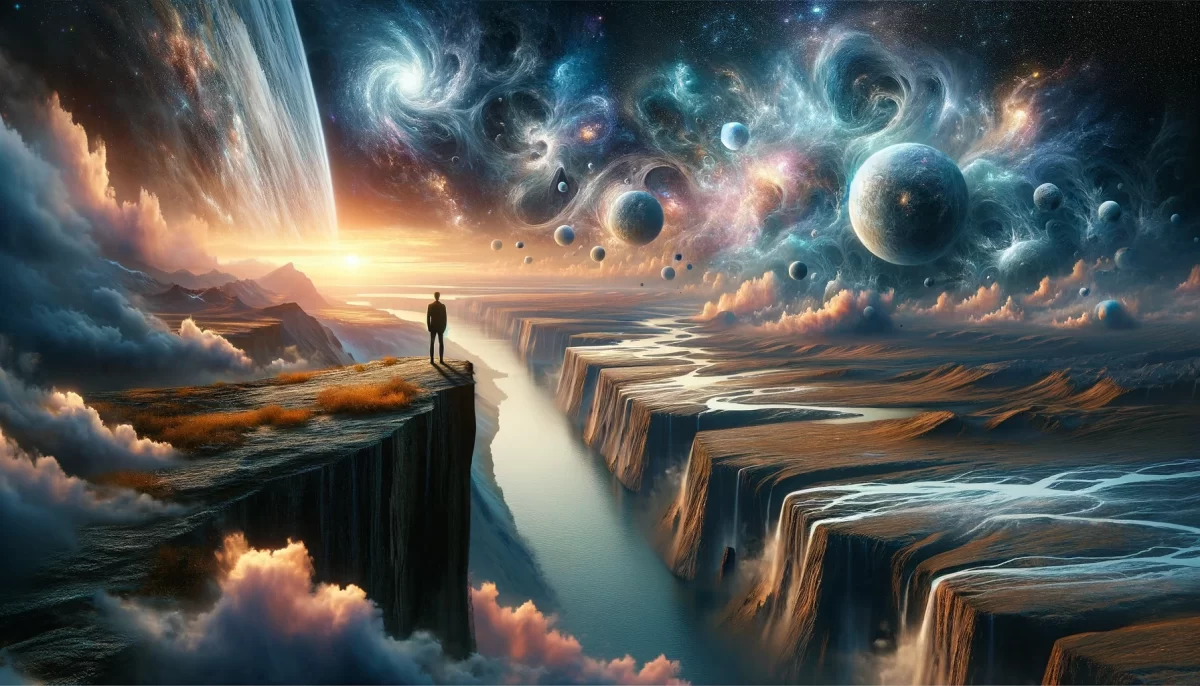
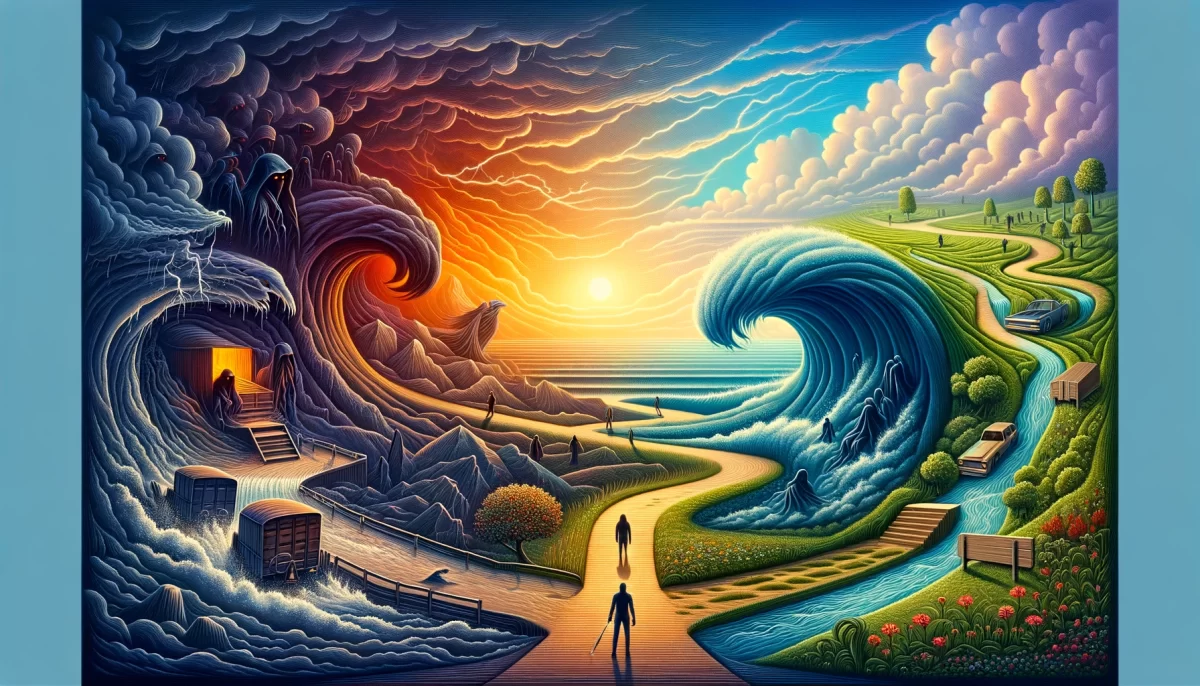
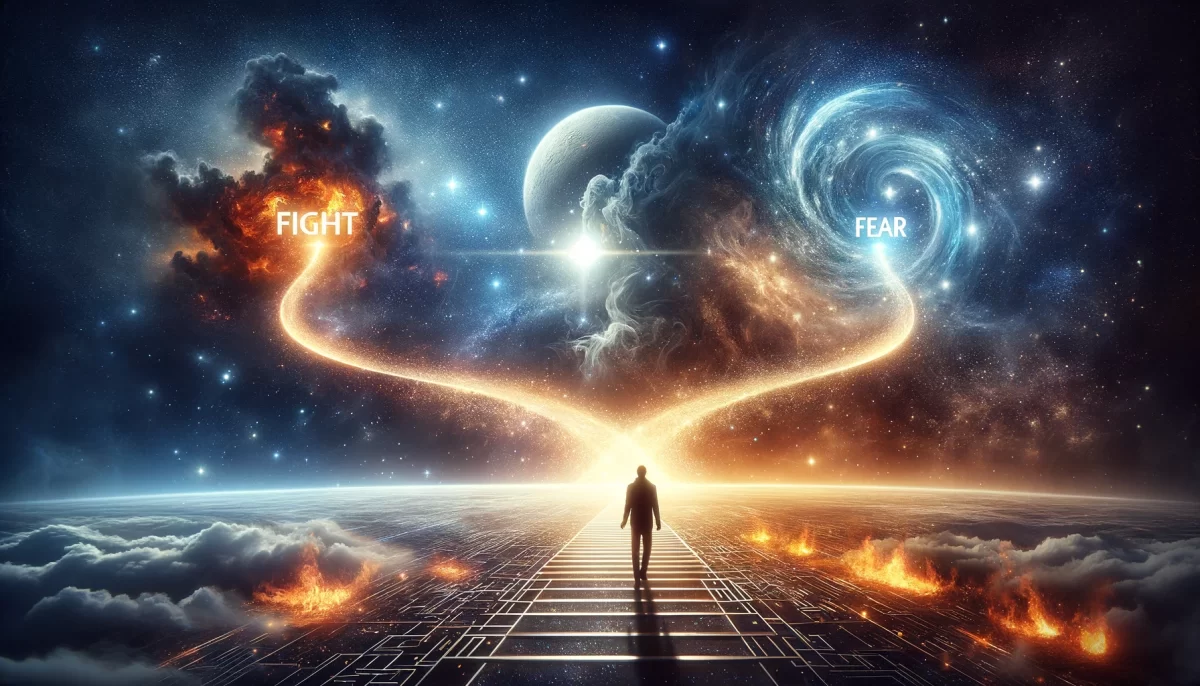

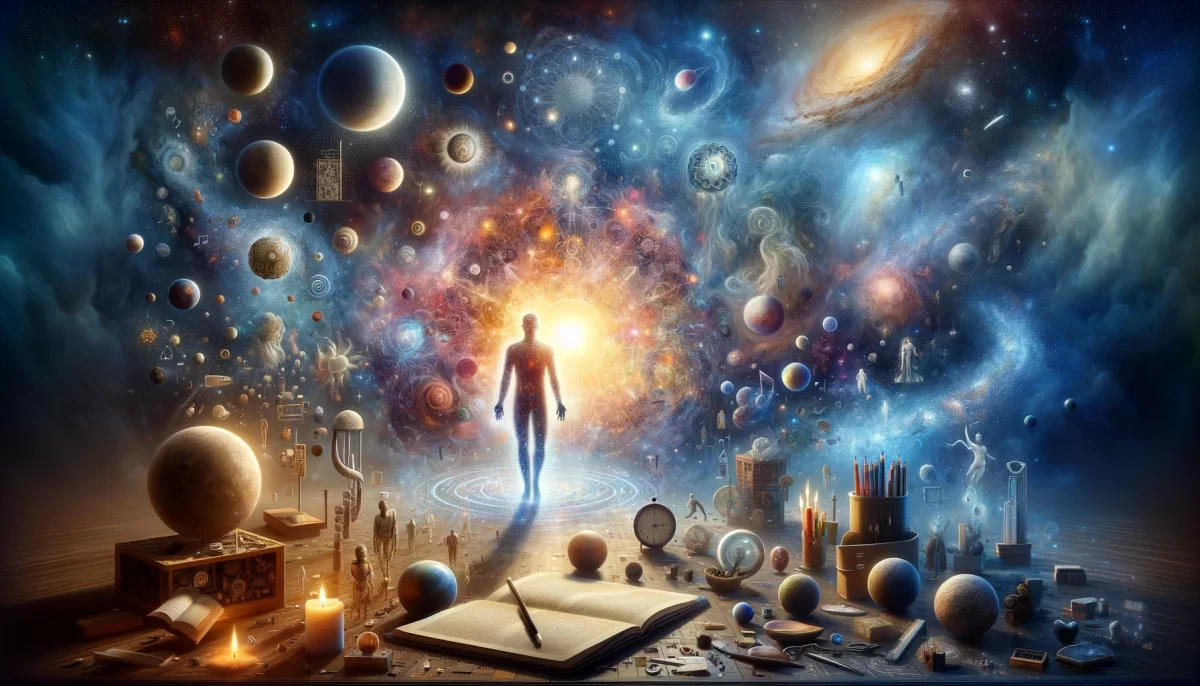
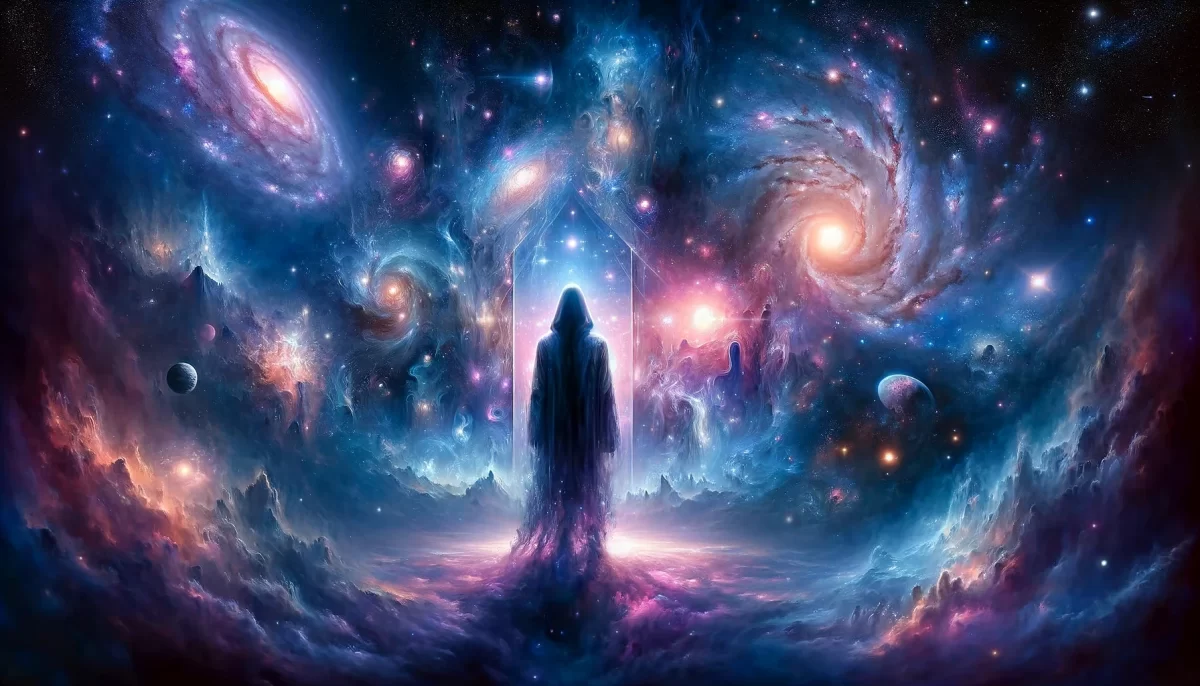
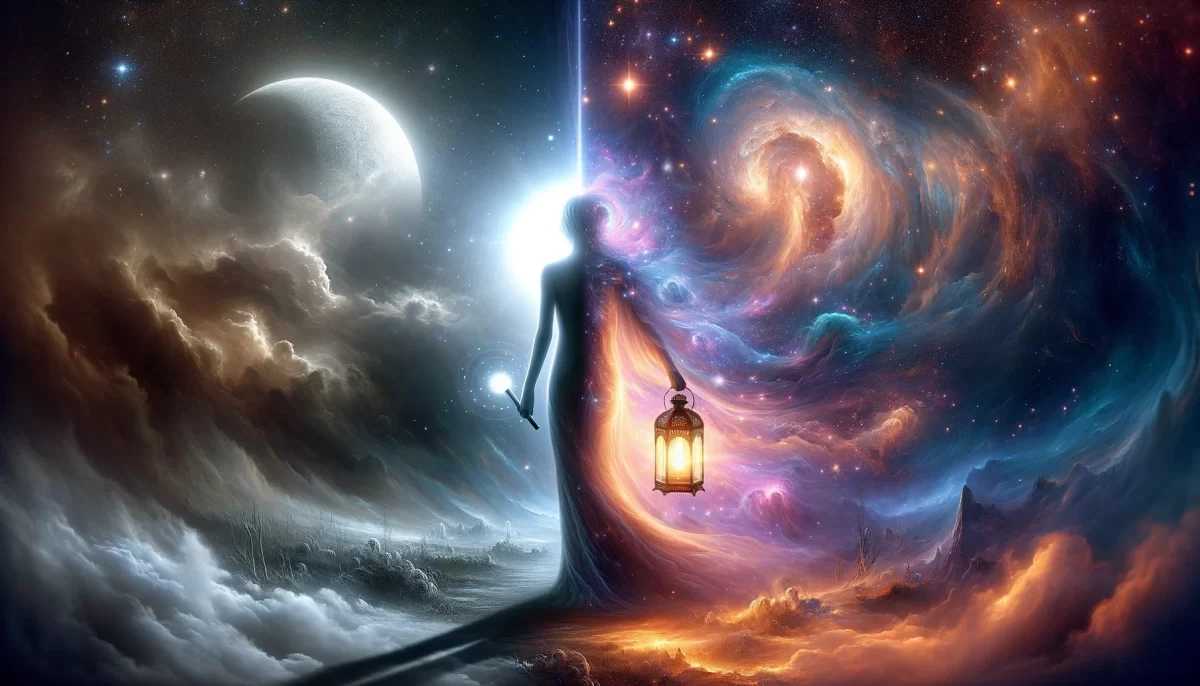
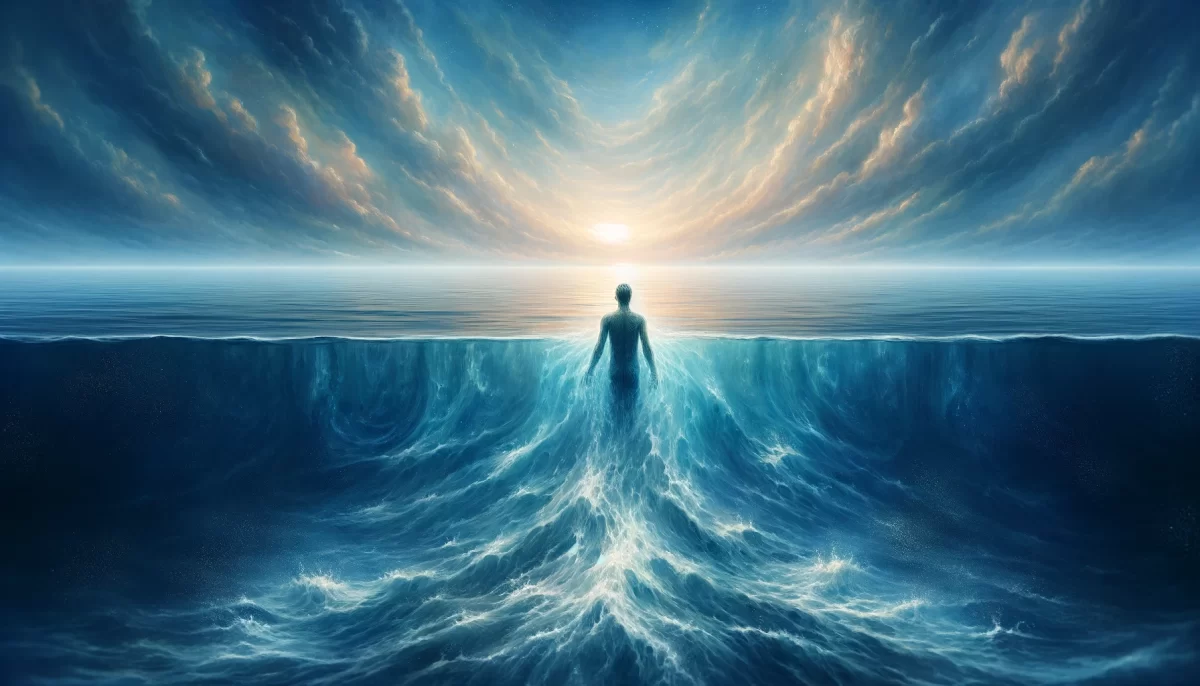
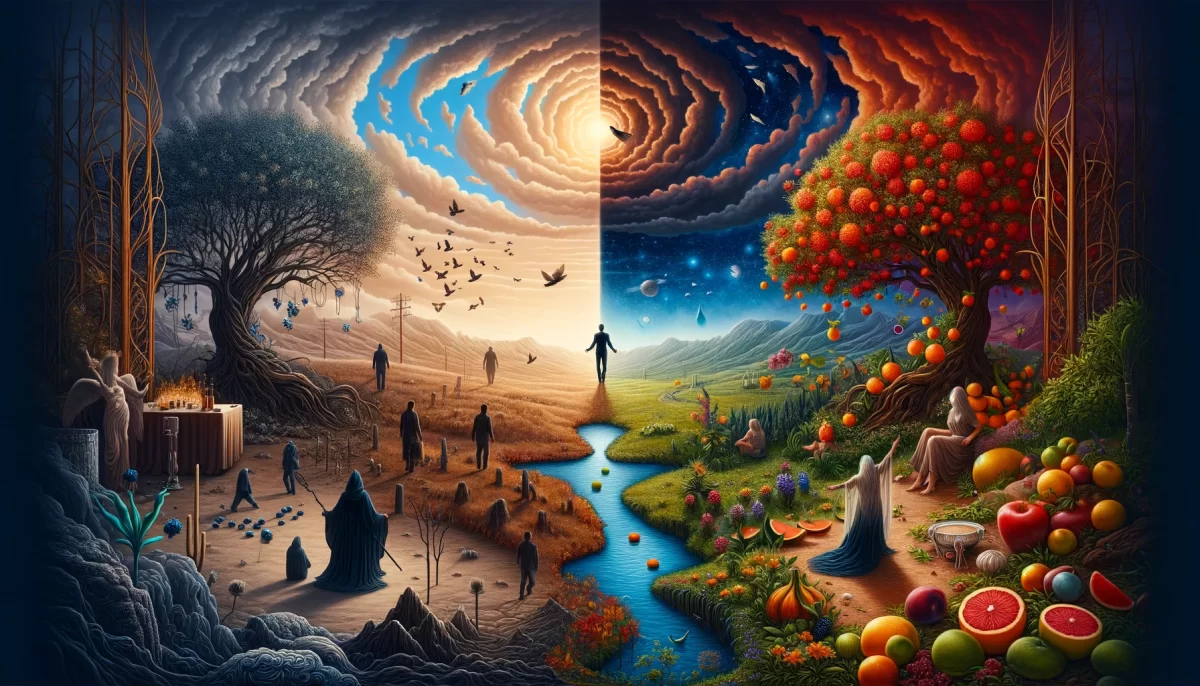
Leave a Reply